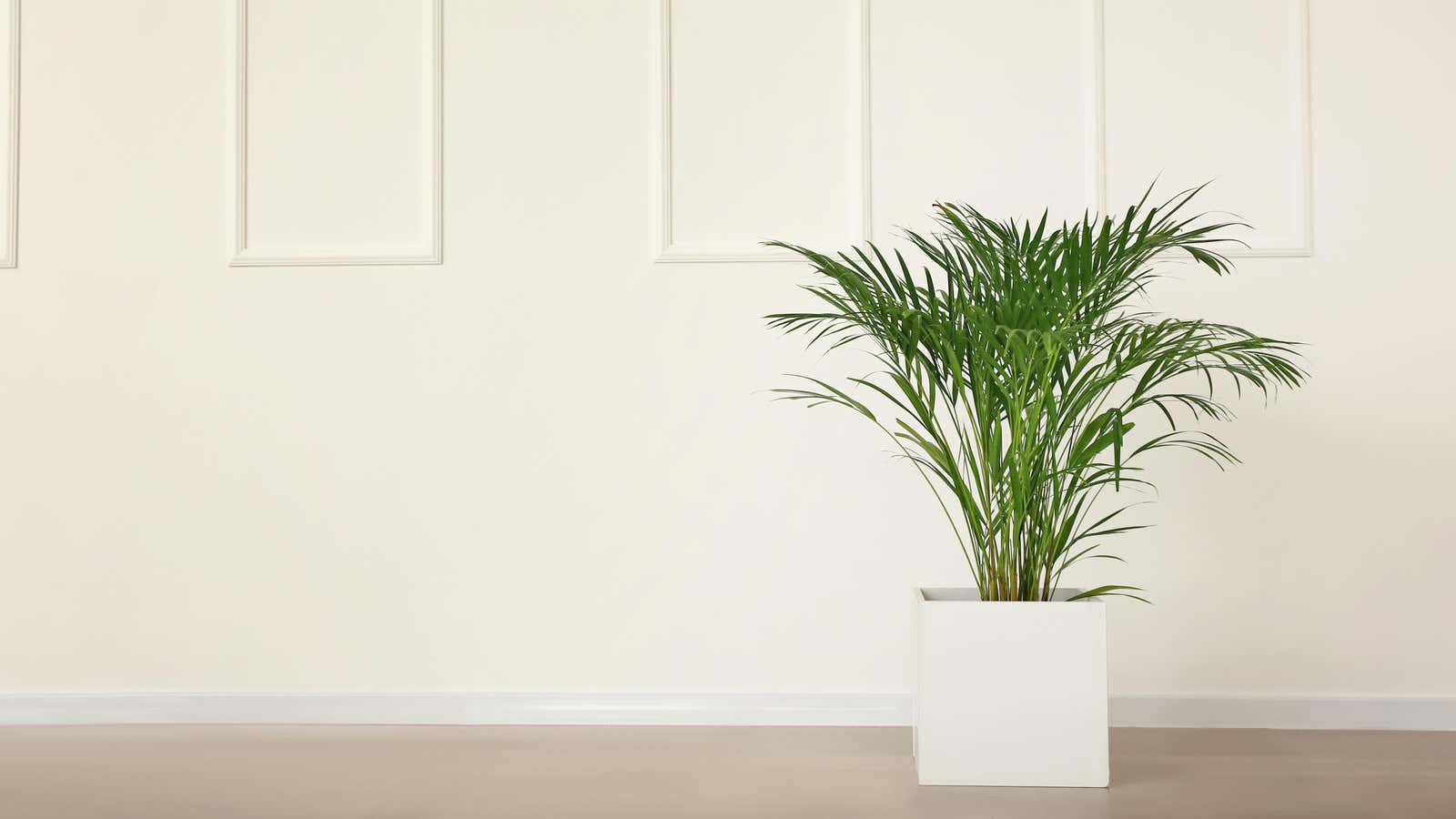The Best (and Worst) Houseplants for People With Allergies

If you are one of the approximately 60 million Americans living with allergic rhinitis, also known as “hay fever,” you probably want to do what you can to avoid sneezing, runny nose, itchy eyes, headaches, and other annoying and devastating symptoms. the symptoms that the condition causes.
And while you can take all the necessary precautions outdoors, you can fall off guard when you’re indoors, including when it comes to your houseplants. But having an allergy doesn’t mean you need to switch to artificial foliage. Here are some of the best and worst indoor plants for allergy sufferers.
Best houseplants for allergy sufferers
Many articles and lists of the best plants for allergy sufferers focus on the already debunked claim that some indoor plants can act as effective air filters , removing toxins, pollutants and other allergens from our homes. Our selection, however, is based on the amount of pollen that plants produce and release into the environment, which can cause allergic rhinitis. Here are some examples:
- areca palm
- Succulents (including aloe vera)
- snake plant
- devil ivy
- Dragon tree (dracaena marginata)
- swedish ivy
- Dracaena Janet Craig
- rubber tree
- lady’s palm broadleaf
Worst houseplants for people with allergies
Here are some examples of houseplants that people with allergies should avoid due to the significant amount of pollen and/or skin-irritating sap they produce:
- bonsai trees
- orchids
- weeping fig
- ferns
- Male palms and yuccas
- chrysanthemums
- Marigold
- chamomile
- Hyacinth
- Anthurium
- dieffenbachia
- english ivy
- sheffler
- Spathiphyllum
Allergy to dust and mold
It can sometimes seem like houseplants are causing allergies to dust and mold, but in many cases the problem isn’t necessarily with the plant itself, but with how you care for it. For example, like everything else in your home, houseplants can accumulate dust over time, so be sure to dust them regularly. This is especially important if your plant has fluffy leaves, like African violets, which easily trap and collect dust.
Similarly, if the plant’s pot does not provide adequate drainage, it can lead to root rot and soil mold , causing symptoms in people with mold allergies. In other words, besides choosing the right plant species, it’s also important to make sure you care for them properly, especially if you’re allergic.